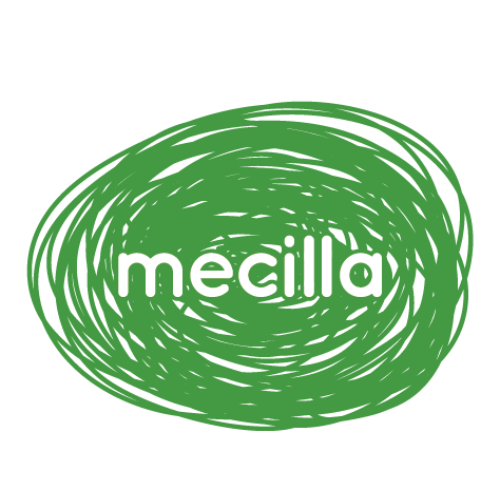Organic Cotton
For t-shirts and sweaters, the softness, breathability and comfort of Organic Cotton is unrivalled: Organic Clothing results in higher quality products that are softer and kind to skin.
Cotton is a soft, fluffy staple fibre that grows in a boll, or protective capsule, around the seeds of cotton plants. The plant is a shrub native to tropical and subtropical regions around the world, including China, the Americas, Africa, and India. The fibre most often is spun into yarn or thread and used to make a soft, breathable textile, which is the most widely used natural-fibre cloth in clothing today.
It is a sad fact that growing conventional cotton for clothing uses more chemicals per unit area than any other crop and accounts in total for 16% of the world's pesticides. There are lots more reasons to move away from conventional cotton – although this makes for some upsetting reading.
A more positive and sustainable alternative, Organic cotton, is made from non genetically modified plants, that are grown without the use of any synthetic agricultural chemicals such as fertilizers or pesticides. Organic cotton is better for the environment, the climate and the people involved. Unfortunately, less than 0.1% of global cotton production is Organic.
Why go organic?
Cotton growers who make the transition to organic farming practices expect not only to offer a healthier and cleaner product, but also to benefit the planet. Some of the contributions to the different ecosystems include:
• Protecting surface and groundwater quality (eliminating contaminants in surface runoff)
• Reduced risk in insect and disease control by replacing insecticide with the manipulation of ecosystems
• Long-term prevention of pests through beneficial habitat planting.
• Conservation of biodiversity
• Eliminate the use of toxic chemicals used in cotton
• Organically grown crops also yield soils with higher organic matter content, thicker topsoil depth, higher polysaccharide content, and lower modulus of rupture; therefore reducing considerably soil erosion.
We use Organic Cotton to make almost all of our clothing. For t-shirts and sweaters, the softness, breathability and comfort of Organic Cotton is unrivalled: Organic Clothing results in higher quality products that are softer and kind to skin.
Pest Traps replace chemical pesticides.
Biodiversity
In large plantations of Conventional Cotton, there isn't a wide variety of plant species. This affects the variety of insect and animal species; instead of nature balancing out populations in a varied food chain, a monoculture exists that allows pests to thrive. Conventional cotton farming techniques involve spraying quantities of synthetic chemical pesticides on the crop to keep pests under control.
Organic Cotton production involves replacing the synthetic pesticides and fertilisers with natural ones, then using crop rotation and mixed planting to encourage biodiversity.
Carbon Footprint of Organic Cotton
Nitrogen fertiliser is a source of emissions in conventional cotton farming. To produce just one tonne takes one tonne of oil, seven tonnes of greenhouse gasses and one hundred tonnes of water. Organic farmers work with nature to feed the soil and control pests. By choosing organic, local and seasonal, we can significantly reduce our carbon footprint.
Water Conservation
Cotton is a thirsty plant, needing 20'000 litres of water per kg to grow; provided by irrigation. We grow ours in a valley, in China, where Organic Cotton saves 50% of water.
Mecilla offers cotton lint under various schemes:


